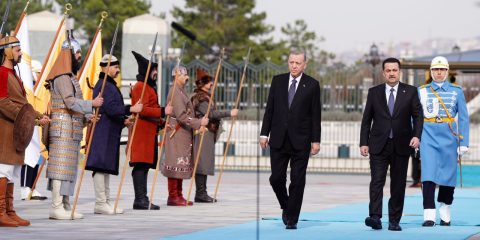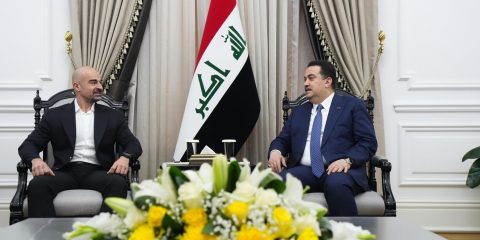ISIS Financing in 2015
ISIS' economic model, unprecedented for a terrorist organization, is based upon its territorial control, which provides it with financial self-sufficiency and diversified resources. Despite loss of territory by ISIS in 2015, and thus loss of access to resources, the action of the international coalition failed to significantly reduce its sources of financing in 2015 or […]Center for the Analysis of Terrorism reports:
ISIS' economic model, unprecedented for a terrorist organization, is based upon its territorial control, which provides it with financial self-sufficiency and diversified resources. Despite loss of territory by ISIS in 2015, and thus loss of access to resources, the action of the international coalition failed to significantly reduce its sources of financing in 2015 or its ability to carry out transactions. Indeed, due to its diversified economy and its adaptability, ISIS maintained a high level of revenue in 2015 by limiting the reduction in revenue drawn from natural resources and by increasing other revenue – through widespread extortion – while reducing public spending, thus using the population under its control as an adjustment variable. At the same time, ISIS sought to take over new territories in order to extend its control and broaden its range of resources.
The sanctions adopted by the UN, in particular those aimed at curtailing ISIS funding, are poorly adapted and have only a limited effect, as ISIS' economic model differs fundamentally from that of al-Qaeda, on which they are based. Nevertheless, the combination of coalition and Russian airstrikes, the military setbacks suffered and the population drain began to jeopardize the viability of ISIS economic model as of June 2015. These difficulties were greatly increased from October onwards with the intensification of strikes, particularly against oil infrastructures, pointing to a significant drop in the group’s revenue in 2016.





